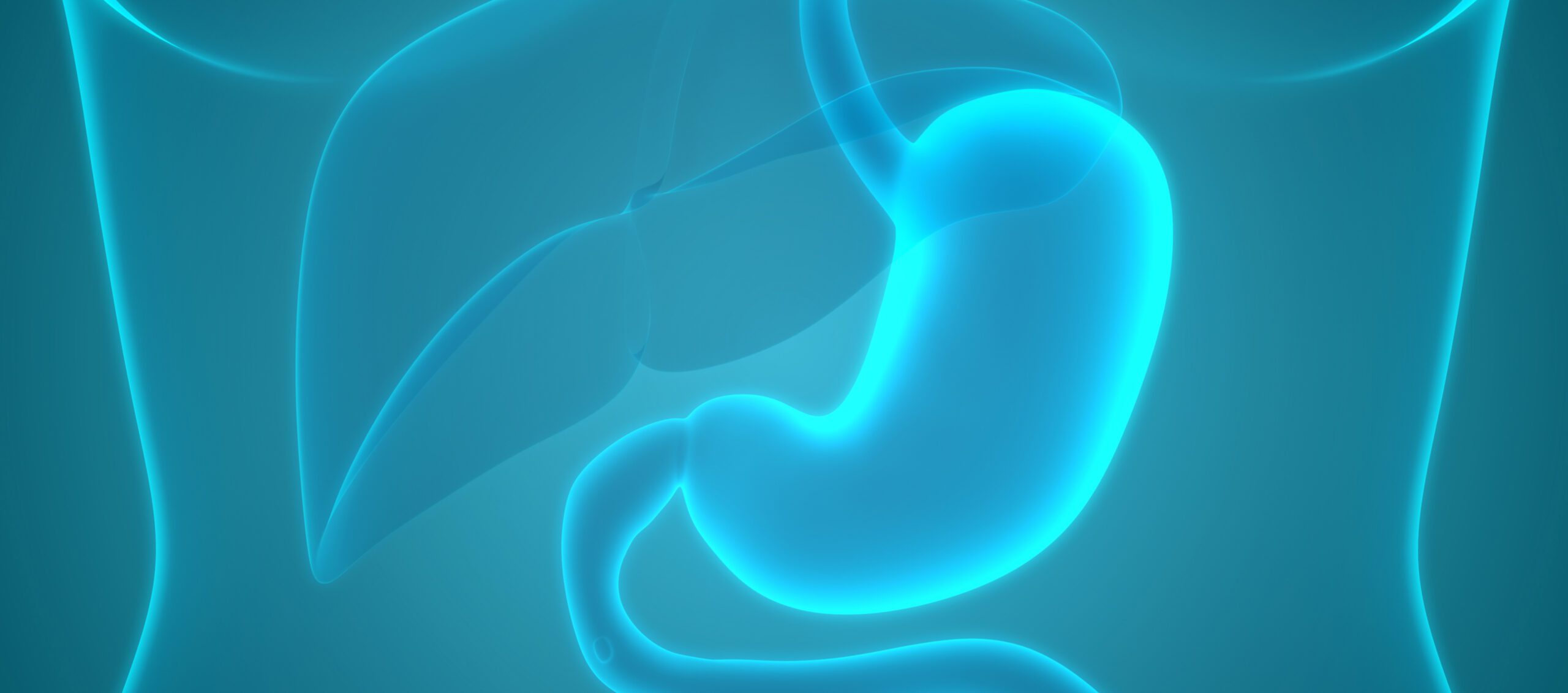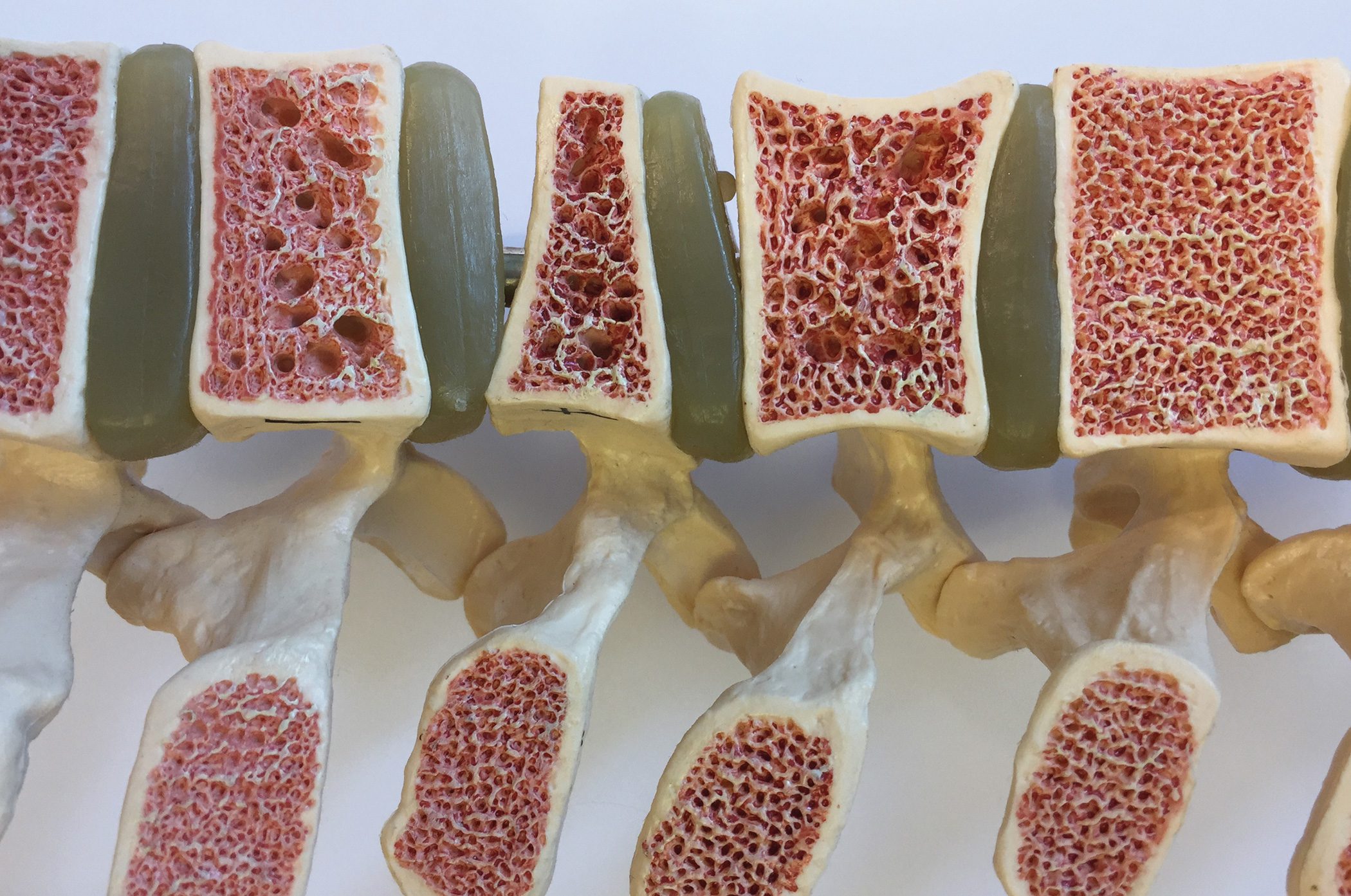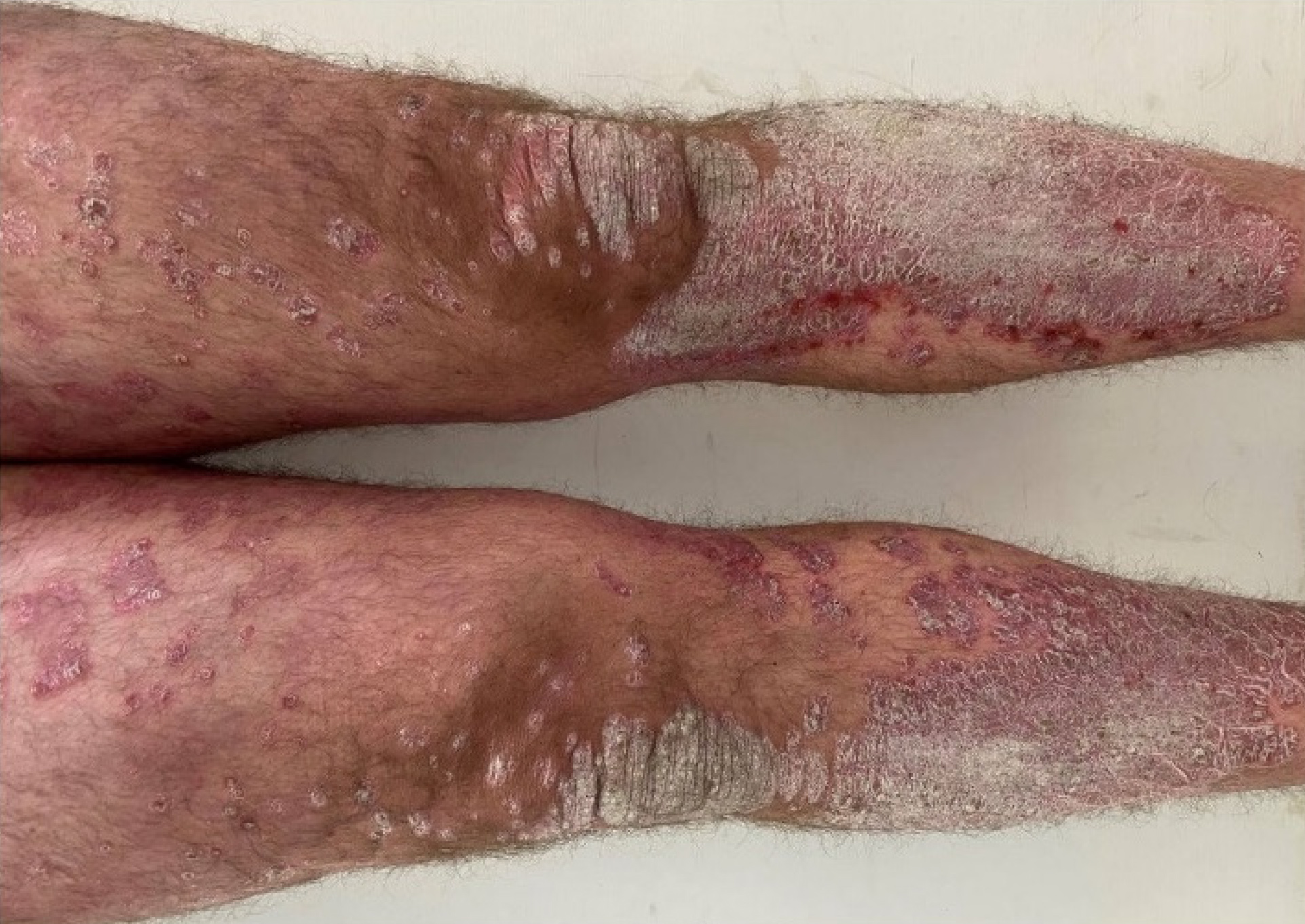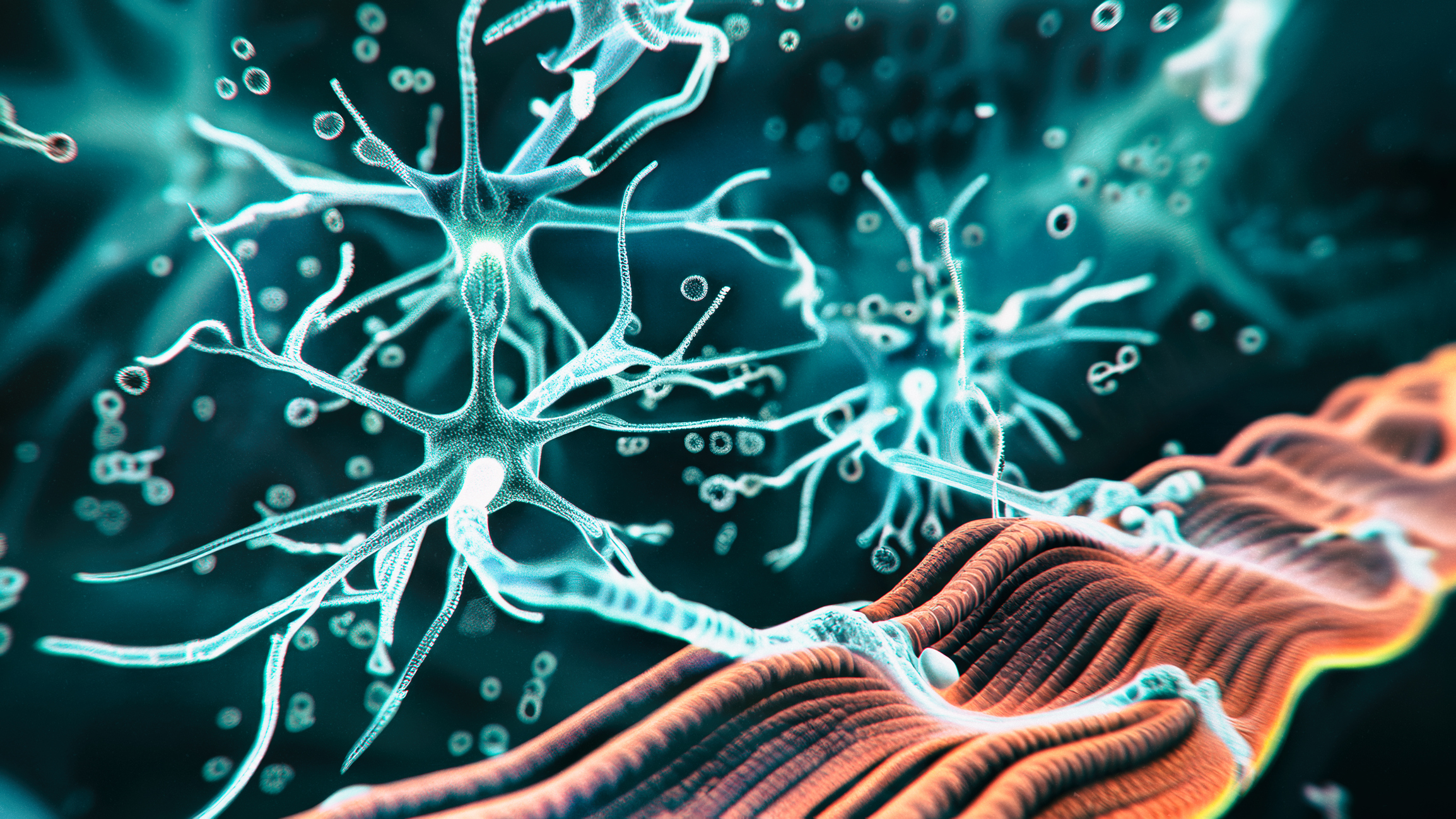It is recommended that all patients with diabetes are routinely screened for the presence of CKD. In addition to measuring the glomerular filtration rate (eGFR), this also includes determining the albumin-creatinine ratio (UACR). Type 2 diabetics with CKD have been shown to benefit from treatment with an SGLT-2 inhibitor and/or finerenone, as the progression of renal insufficiency is slowed and the cardiovascular risk is reduced.
Diabetes is one of the most common causes of chronic kidney disease (CKD ). Dr. med. Julia Weinmann-Menke, Head of the Nephrology Department, Mainz University Medical Center, gave an up-to-date overview of the evidence [1]. By definition, CKD is defined as an abnormality of the kidney structure that has been present for more than 3 months or
function, which has an impact on health [1,9]. It is recommended that diabetics be screened for CKD at least once a year. Renal insufficiency is often asymptomatic, especially in the early stages. If the eGFR is within the normal range, this does not automatically mean that the patient’s kidneys are healthy, emphasized the speaker [1]. Albuminuria is an early marker for nephropathy and predicts the risk of kidney failure independently of eGFR [9]. The determination of the urine albumin-creatinine ratio (UACR) from spontaneous urine is efficient and meaningful. Albuminuria is also taken into account in the international CGA scheme for classifying CKD (C=cause, G=eGFR/”GFR category”, A=albuminuria/”Albuminuria category”). The determination of albuminuria should be repeated every three months. We now know that type 2 diabetics with CKD have an increased cardiovascular risk, so cardiorenal protection is an important treatment goal.
SGLT-2-i and finerenone are evidence-based treatment options
The staging according to the CGA scheme was launched by KDIGO (Kidney Disease: Improving Global Outcomes) and is applicable to CKD patients with and without diabetes. The estimated glomerular filtration rate (eGFR) is divided into stages G1-G5 and albumin excretion in spontaneous urine into A1 (<30 mg/g creatinine), A2 (30-300 mg/g) and A3 (>300 mg/g). Today, an arsenal of drug therapy options is available for the treatment of CKD, which not only includes ACE inhibitors (ACE-i) and RAAS inhibitors (RAAS-i), but also offers additional possibilities, explained the speaker [1]. There is an impressive evidence base for SGLT-2 inhibitors (SGLT-i) and finerenone. Three of the large studies showing that SGLT-2-i slows the progression of CKD are DAPA-CKD, CREDENCE and EMPA-KIDNEY [2–4]. As a result, dapagliflozin, canagliflozin and empagliflozin significantly reduced the composite renal endpoint in people with CKD [2–4] (Tab. 1). Only type 2 diabetics were included in the CREDENCE study, while around 68% of participants in DAPA-CKD and 46% in EMPA-KIDNEY had type 2 diabetes; the remaining participants were CKD patients without diabetes [2–4].
The non-steroidal mineralocorticoid receptor antagonist (MRA) finerenone was investigated in the FIDELIO-DKD study in type 2 diabetics with eGFR 25-60 ml/min/1.73m2 and urine albumin-creatinine ratios of 30-300 mg/g [5]. The primary endpoint (renal failure, min. 4-week decrease in eGFR by >40%, renal death) was significantly reduced by 18%. Finerenone acted as an add-on to existing ACE-i or ARB therapy. These renal results were confirmed by a second cardiovascular outcome study (FIGARO) [6] (Tab. 2). With FIDELITY, a pooled analysis based on FIDELIO-DKD and FIGARO-DKD is also available [10]. Currently, the approval of finerenone is limited to CKD in type 2 diabetes.
Multifactorial treatment with the inclusion of lifestyle factors
The KDIGO (Kidney Disease: Improving Global Outcomes Clinical Practice Guideline) guideline update published in 2022 advocates a holistic treatment approach for diabetes and CKD to counteract renal and cardiovascular complications. [7,8]. In addition to adequate drug therapy, this also includes lifestyle measures such as a healthy diet, exercise, weight control and not smoking. According to KDIGO, patients should eat a balanced, healthy diet with a high proportion of vegetables, fruit, whole grain products, fiber, legumes, vegetable proteins and unsaturated fatty acids. It is recommended to reduce the amount of processed meat, refined carbohydrates and sweetened drinks. Salt consumption should be less than 2 g/day and protein intake should be 0.8 g/kg bw per day. For a sustainable change in diet, the support of an appropriately trained nutritionist is recommended.
Patient-centered approach to cardiorenal risk protection
In order to promote lifestyle changes and adherence to drug therapy, a personalized approach has proven successful, which implies that explanations are given about the therapeutic rationale and treatment goals [9]. Type 2 diabetics with CKD have an increased cardiovascular risk. The combination of diabetes with heart and kidney disease not only increases the risk of cardiovascular events, but also of cardiovascular death and all-cause mortality [9]. The SCORE-2 (Systematic COronary Risk Evaluation-2) diabetescan be used to estimate the 10-year cardiovascular risk [11]. In addition to the drug therapies and lifestyle measures already mentioned, the use of a GLP-1 receptor agonist can also be considered for type 2 diabetics with CKD up to an eGFR>15 ml/min/1.73/m². In addition, a blood pressure target of ≤ 130/80 mmHg is recommended to reduce the risk of cardiovascular disease and albuminuria, and intensive LDL-C lowering with statins or a statin-zeetimibe combination has also been shown to be beneficial [9].
Congress: Diabetology without borders
Literature:
- «Chronische Nierenerkrankung/Niereninsuffizienz», Session X – Organprotektion im Fokus, Prof. Dr. med. Julia Weinmann-Menke, Diabetologie grenzenlos, 02.–03.02.2024.
- Heerspink HJL, et al.: Dapagliflozin in patients with chronic kidney disease. N Engl J Med 2020; 383: 1436–1446.
- Perkovic V, et al.: Canagliflozin and renal outcomes in type 2 diabetes and nephropathy. N Engl J Med 2019; 380: 2295–2306.
- EMPA-KIDNEY Collaborative Group et al. Empagliflozin in patients with chronic kidney disease. N Engl J Med 2022 doi: 10.1056/NEJMoa2204233
- Bakris GL, et al.: FIDELIO-DKD investigators. Effect of finerenone on chronic kidney disease outcomes in type 2 diabetes. N Engl J Med 2020; 383: 2219–2229.
- Bakris GL, et al.: FIGARO DKD investigators. Cardiovascular events with finerenone in kidney disease and type 2 diabetes. N Engl J Med 2021; 385: 2252–2263.
- Wanner C, Busch M: Neue Leitlinie für das Diabetesmanagement bei chronischer Nierenerkrankung [New guideline on diabetes management in chronic kidney disease]. Inn Med (Heidelb) 2023; 64(3): 219–224.
- Kidney Disease: Improving Global Outcomes (KDIGO) Clinical practice guideline for diabetes management in chronic kidney disease. Kidney Int 2022;102(5S): S1–S127.
- European Society of Cardiology (ESC), Deutsche Gesellschaft für Kardiologie – Herz- und Kreislaufforschung (DGK) e.V.: ESC Pocket Guidelines, Version 2023. https://leitlinien.dgk.org/files/29_2023_
pocket-leitlinien_diabetes.pdf (last accessed 01.03.2023). - Agarwal R, et al.: FIDELIO-DKD and FIGARO-DKD investigators. Cardiovascular and kidney outcomes with finerenone in patients with type 2 diabetes and chronic kidney disease: the FIDELITY pooled analysis. Eur Heart J 2022; 43(6): 474–484.
- SCORE2 working group and ESC Cardiovascular risk collaboration SCORE2 risk prediction algorithms: new models to estimate 10-year risk of cardiovascular disease in Europe. Eur Heart J 2021; 42(25): 2439–2454.
HAUSARZT PRAXIS 2024; 19(4): 26–28 (veröffentlicht am 18.4.24, ahead of print)
InFo DIABETOLOGIE & ENDOKRINOLOGIE 2024; 1(2): 22–23














